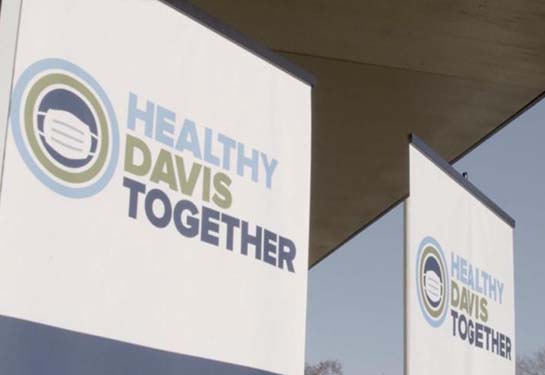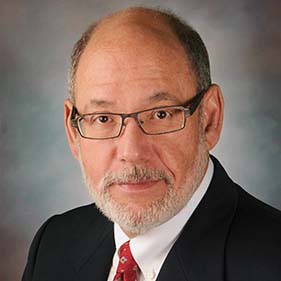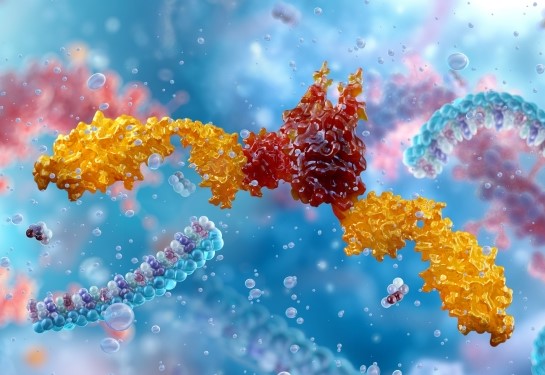Two Studies Show Healthy Davis Together Prevented Infections, Hospitalizations and Deaths
Two newly published studies show the positive impact of Healthy Davis Together, a comprehensive pandemic response program, in Davis, California. The program, which provided access to regular COVID-19 testing, promoted vaccinations and other safety precautions, and supported local businesses, reduced test positivity rates, prevented illness and saved lives, the studies found.
The findings are reported in a paper published July 13 by the American Journal of Public Health and in an independent evaluation conducted for Healthy Davis Together by Mathematica, a company focused on using data and analytics to improve public health and well-being.
“Healthy Davis Together undoubtedly had an impact on the public health of the Davis community during the pandemic,” said Professor Brad Pollock, director of Healthy Davis Together, chair of the Department of Public Health Sciences at the University of California, Davis, and lead author on the journal paper.
“While peer-reviewed evidence shows that our program significantly impacted health behaviors such as testing and vaccination, and lowered test positivity, publicly available population data are not granular enough to directly measure effectiveness. Mathematica’s evaluation corroborates what we’ve directly experienced over the project’s 21-month period — that the program was successful at slowing the spread of COVID-19,” Pollock said.
Healthy Davis Together undoubtedly had an impact on the public health of the Davis community during the pandemic.”—Brad Pollock
Journal paper
The journal paper describes how infection control measures and steps to encourage healthy behaviors were implemented in the Davis community. In September 2020, the city of Davis and UC Davis launched Healthy Davis Together to prevent the spread of COVID-19, facilitate a return to normal activities and provide insights into what communities like Davis can do to protect residents in the event of future infectious disease outbreaks.
The program included free COVID-19 saliva-based testing, one-on-one health education from more than 200 undergraduate students working as Aggie Public Health Ambassadors, mobile testing and vaccination sites, augmented county contact tracing, public outreach to encourage healthy behaviors, investments in local businesses and workers, and wastewater testing.
Saliva-based COVID-19 testing formed a key part of the program. Testing was carried out using a PCR method at the UC Davis Genome Center. From Nov. 18, 2020, through Feb. 23, 2022, there were 733,606 tests conducted in the Davis community with 13,066 positive results.
From Jan. 1, 2021, to Feb. 23, 2022, the test positivity rate was significantly lower in Davis than in surrounding Yolo County, according to the American Journal of Public Health paper. Both Davis and Yolo County had lower rates of positive tests than California as a whole over the same period.
A business partners program, run by the city of Davis in collaboration with the Davis Chamber of Commerce and Davis Downtown Business Association, helped business owners adopt or adapt practices to increase safety. The program provided partners with grants, personal protective equipment, employee COVID-19 testing, patron incentives, marketing and public health educational materials.
Mathematica analysis
Evaluators from Mathematica used an advanced analytic technique to estimate what would have happened in Davis without a comprehensive pandemic response strategy. Drawing on data from a wide range of sources, they compared changes in Davis with a matched set of comparison communities that resembled Davis on demographics, community features and preprogram outcomes.
According to Mathematica researchers, in the first 16 months the program’s efforts helped prevent 4,144 cases of COVID-19, reducing case counts by 60%, avoiding 275 COVID-19 related hospitalizations and 35 COVID-19 related deaths.
Mathematica’s analysis found that Healthy Davis Together was highly cost-effective. The program spent $34.1 million on activities in Davis through January 2022, with more than three-quarters of spending driven by clinical testing costs. Over the same time, the Davis community saved an estimated $112.7 million through wages retained from averted cases, health care costs avoided from averted hospitalizations and the value created by the years of life preserved from averted deaths.
“Using objective, data-driven methods, we wanted to answer a simple question: Did the program work?” said Aparna Keshaviah, a principal researcher at Mathematica. “After isolating the effects linked with Healthy Davis Together from confounding effects due to socioeconomic and demographic factors, community features, and the changing nature of the pandemic, we have an answer: Healthy Davis Together successfully increased COVID-19 testing in Davis and led to modest but meaningful improvements in the health and economy of the Davis community by flattening the disease curve during surges and helping the labor market bounce back more quickly once federal support ended.”
Resources





